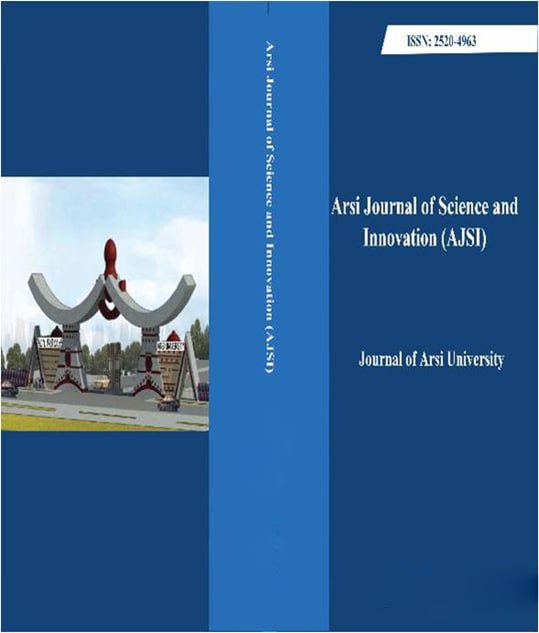Impacts of Effective Good Agricultural Practices on the Performances of Tomato (Solanum lycopersicum) Varieties and Pest Management
DOI:
https://doi.org/10.20372/Keywords:
Keywords: Good Agricultural Practices, Tomato varieties, Yields, Pests controlAbstract
ABSTRACT
Tomato is one of the major vegetable crops grown in Ethiopia; but its production and
productivity is low compared to the world average; due to shortage of improved tomato cultivars,
lack of effective agronomic practices, pests and diseases. Thus, the study was initiated to evaluate
the effect of effective good agricultural practices on the performances of tomato varieties and
management of pests. Two tomato cultivars (ARP Tomato D2 and Galilea) and five Good
Agricultural Practices (GAPs): Control, GAPs1, GAPs2, GAPs3 and Farmer practice (FP) were
tested in randomized complete block design in three replications. The analysis of variance
indicated that the main and interaction effects of GAPs and variety showed significant differences
(p<0.05) on growth and yield parameters. Days to 90% maturity was increased on FP plot and
decreased on GAPs3 and GAPs2 plots for both varieties. Highest tomato height (107cm),
maximum primary(8.6) and secondary(16.50) branches were recorded from FP plot. Maximum
number of fruit per cluster (4.56), fruit length (215.33mm), fruit number (47.00), fruit weight
(1068.20g) and fruit width (205.30mm) were recorded from FP plot. Maximum marketable yield
(512.6 q ha-1) was recorded from the plot received GAPs3. Also, maximum total fruit yields
(584.6 and 557.16 q ha-1) were produced from FP plot and GAPs3 applied, respectively and
lowest fruit yield (342.33 qha-1) was produced on the control plot for the two tomato varieties
studied. The variety Galilea has significantly produced higher marketable and total yields (440.7
and 504.04 qt ha-1) as compared ARP tomato D2 variety (395.6 and 454.75 qt ha-1), respectively.
Highest pH values (4.88 and 4.60) were obtained from ARP tomato D2 and Gelilea varieties with
GAPs3 treatment and lowest pH value (2.13) was recorded from FP plot. The greatest net income
(257,481 Eth. Birr) and benefit-to-cost ratio (2.7) along with better marginal rate of return
(424.8%) was also obtained from both varieties with an application of GAPs3. Thus, from the study results, it is possible to conclude that the application of GAPs3 (Compost at 15 t ha-1 +
mulching with 15cm(8kg) thickness + YST + BST) to tomato varieties had significantly improved
the production and productivity of tomato crops in the study area; though Gelilea variety is more
productive than ARP tomato D2 variety in the study area. However, this study should be again
confirmed on farmers’ field for practical recommendations.
Downloads
Downloads
Published
Issue
Section
License
Copyright (c) 2024 Abdulrazak-Rube Sado, Diriba-Shiferaw Geleta, Wubetu-Bihon Legesse (Author)

This work is licensed under a Creative Commons Attribution-NonCommercial 4.0 International License.
